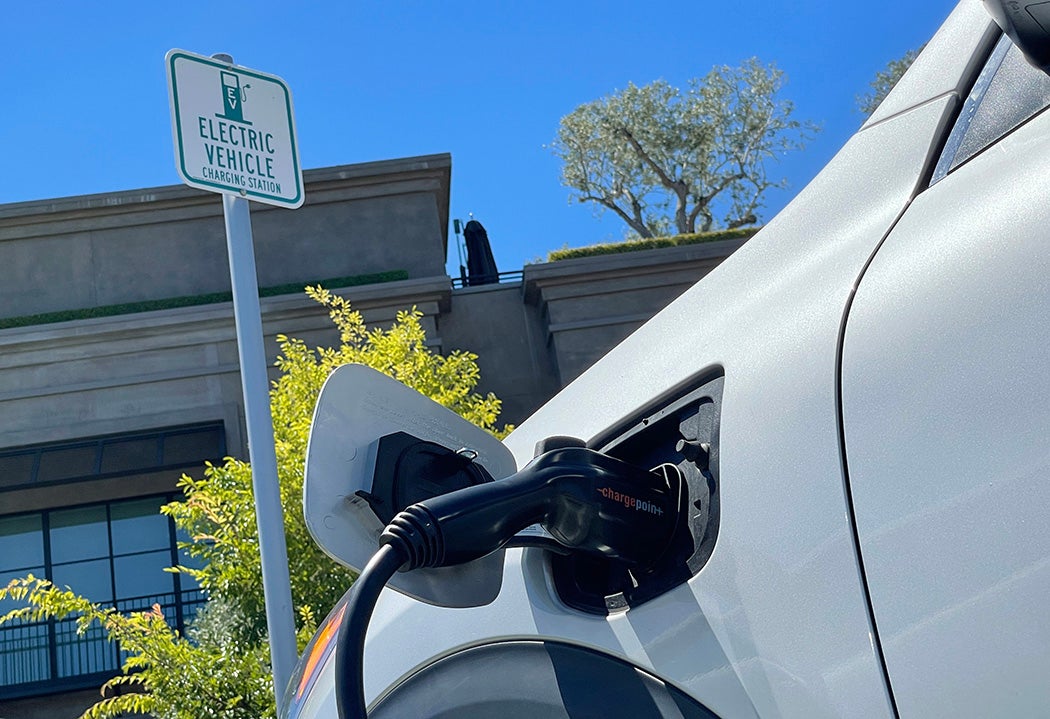Oil and gas are, finally, under threat. Since the advent of the industrial era, these fossil fuels have dominated the global market. But recent research in policy, economics, and science is proposing a market alternative: the carbon tax.
In a 2018 analysis of the costs of reducing greenhouse gas emissions, economics researchers Kenneth Gillingham and James H. Stock suggest carbon taxes and credits may have a place in the 21st-century economy.
“What is the most economically efficient way to reduce greenhouse gas emissions?” they ask. “The principles of economics deliver a crisp answer: reduce emissions to the point that the marginal benefits of the reduction equal its marginal costs.”
Carbon taxes could be the answer. The caveat is that most countries do not implement them. While some industries regulate types of emissions, like automobile emissions, or offer subsidies for renewables, carbon taxes are not firmly set across the market. A carbon tax, Gillingham and Stock suggest, would force the market, and therefore the world, to reduce emissions.
These taxes could incentivize real change, but they need to respond to up-to-date assessments of the costs of actions that can be taken to reduce emissions. And these cost assessments should include not only static costs—expenditures and emission reductions over the life of a project when measured against an agreed-upon benchmark—but dynamic costs as well. Dynamic costs are about the future: they extend beyond the time and resources it takes to implement a particular solution.
As the authors note, for technological interventions aimed at reducing carbon emissions, “what matters most are not the static costs today, but the costs and consequences of these interventions over time, that is, the dynamic costs of the intervention. It is informative to know what are the cheapest interventions to do today, but we would argue that it is even more important to know what interventions might most effectively drive down the price of large-scale reductions in emissions in the future.”
“The key to reducing emissions in the future is to have low-cost alternatives to fossil fuels that are zero- or low-carbon,” they explain. “The true total cost of investments or interventions today therefore must include both their static or face-value cost, and any spillovers those investments have for future costs of emissions reduction.”
A dynamic cost analysis looks at the whole picture and provides some possible solutions. The authors offer the example of electric car development. The introduction of electric cars forces the transit system to become cleaner and greener. While the implementation of electric cars relies heavily on the demand for them, a cited case study shows that demand is on the rise. Furthermore, some local and state economies offer tax rebates to residents who purchase electric vehicles, which also moves the economy to a more sustainable space.
While electric cars may be expensive now (with a high static cost), technology continues to develop and move the market. The production costs of electric cars are falling and will likely continue to do so, researchers predict. In the long-run, electric cars are a dynamic alternative to push the market to be greener overall.
Weekly Newsletter
Another popular solution calls for mixing ethanol with gasoline for cars, helping cut emissions in the near term. One study cited by the authors notes that the ethanol has about seventy percent of the life-cycle carbon emissions of petroleum. But in the long term, embracing ethanol ignores that cars and gasoline will continue to contribute negatively to the climate crisis. Most of the American fueling infrastructure can’t handle blends above of ten percent ethanol, and the energy efficiency of car engines doesn’t increase with a higher percentage blend, anyway. Favoring measures like this, or subsidies to replace coal with natural gas, could wed society to a particular technology, locking us into an unstable future with climate change.
Incentives such as a carbon tax are essential to shift the market. Conclude the authors, “Climate change is a long-term problem, and the focus of policy must be on long-term solutions…one clear implication is that choosing low-cost interventions without a future, including ones that lock in fossil fuel infrastructure, can result in too much emphasis being placed on what is cheapest to do today.”







